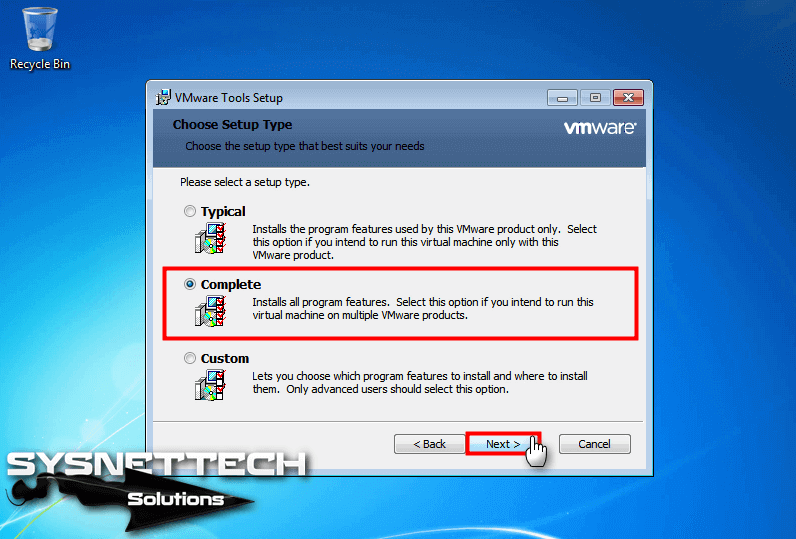

Installing Windows 11 in a Virtual Machine on vSphere 8

This section explains how to create a new VM to meet the requirements for Windows 11 for each vSphere release. VSphere 8 and vSphere 7 support Windows 11. Virtual Machine Encryption Interoperability.Securing Virtual Machines with Virtual Trusted Platform Module.Configuring and Managing a Standard Key Provider.Configuring and Managing vSphere Native Key Provider.See Securing ESXi Hosts with Trusted Platform Module.įor more information, including an extensive Q&A on virtual TPMs, visit. However, if you want to perform host attestation, an external entity, such as a TPM 2.0 physical chip, is required. A vTPM does not require a physical Trusted Platform Module (TPM) 2.0 chip to be present on the ESXi host. vTPM and full VM Encryption are separate features. You are not required to encrypt the virtual machine disk files. Important: Adding a vTPM device requires a Key Provider, and the virtual machine “home” files are encrypted (memory, swap, NVRAM files).

Please take care to follow the procedure for your version of vSphere. The procedure for configuring vSphere to support Windows 11, will depend on which version of vSphere you are running. See the documentation links below to configure your respective version of vSphere with an appropriate key provider. (Native Key Provider requires vSphere 7 U2 or later). In vSphere 8 and vSphere 7 this can be a Native Key Provider or an external third party key provider. This is a prerequisite requirement before you can create a new VM with a vTPM device or add a vTPM device to an existing VM. Virtual TPM devices require vSphere to be configured with a Key Provider. Configuring vSphere to support Windows 11


 0 kommentar(er)
0 kommentar(er)
